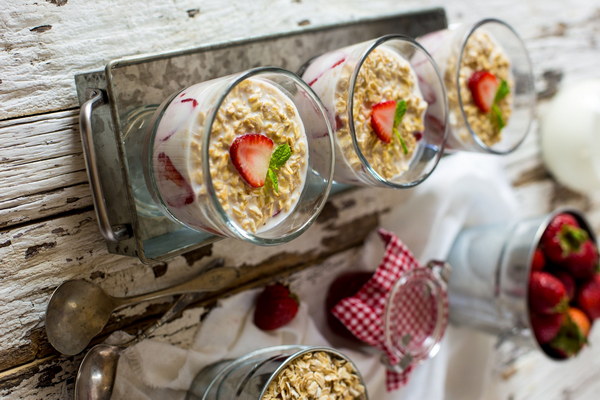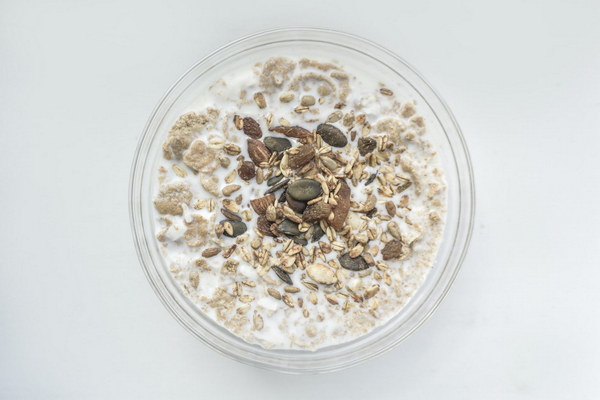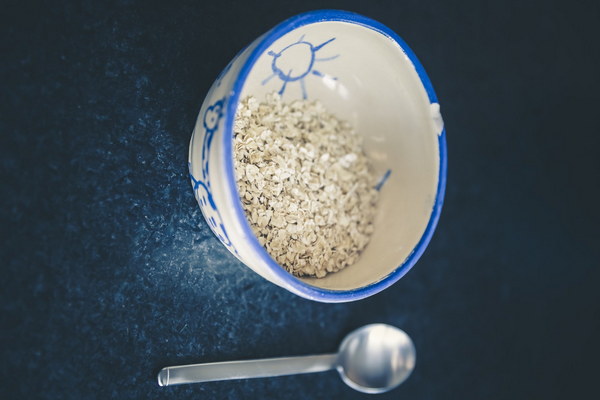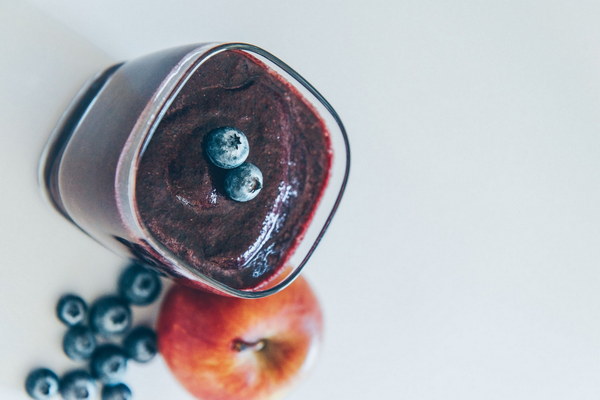Feeding the Fat Unveiling the Art of Raising LipidLaden Geese
In recent years, the demand for goose meat has surged, leading to an increase in the number of farms specializing in raising these majestic birds. However, amidst this burgeoning industry, there lies a concerning trend: the rise of lipid-laden geese. These geese, which suffer from fatty liver disease, pose significant health risks to both the birds and consumers. This article delves into the art of raising lipid-laden geese, examining the reasons behind this phenomenon and exploring possible solutions to mitigate the risks associated with this condition.
The prevalence of lipid-laden geese can be attributed to several factors, including genetic predisposition, poor nutrition, and stress. Genetic predisposition plays a crucial role in the susceptibility of geese to fatty liver disease. Some breeds may be inherently more prone to this condition, making it essential for farmers to be aware of their genetic backgrounds when selecting breeding stock.
Poor nutrition is another significant factor contributing to the rise of lipid-laden geese. Many farms rely on high-energy diets to promote rapid growth and weight gain in geese. However, these diets often lack the necessary balance of nutrients, leading to an accumulation of fats in the liver. This imbalance can be exacerbated by the use of grain-based diets, which are rich in carbohydrates and low in fiber, further promoting the development of fatty liver disease.
Stress also plays a pivotal role in the onset of lipid-laden geese. Geese are sensitive to changes in their environment, and stress can arise from various sources, including transportation, housing conditions, and social interactions. Chronic stress can lead to the disruption of metabolic processes, contributing to the development of fatty liver disease.
To combat this growing concern, farmers must adopt a multi-faceted approach to managing lipid-laden geese. Firstly, selecting appropriate breeds with a lower predisposition to fatty liver disease is crucial. This involves researching the genetic backgrounds of various goose breeds and choosing those with a lower risk of developing the condition.
Secondly, addressing the issue of poor nutrition is essential. Farmers should focus on providing a balanced diet that includes a variety of nutrients, such as fiber, vitamins, and minerals. This can be achieved by incorporating forage, such as grass or clover, into the diet, which not only provides essential nutrients but also helps to regulate the metabolism and reduce the risk of fatty liver disease.

In addition to diet, managing stress levels is also vital. Farmers should ensure that housing conditions are comfortable and conducive to the geese's well-being. Providing adequate space for exercise, minimizing noise, and promoting social interactions can all help to reduce stress and, consequently, the risk of fatty liver disease.
Furthermore, regular health monitoring is crucial for early detection and treatment of lipid-laden geese. Implementing routine veterinary check-ups and conducting liver function tests can help identify affected birds at an early stage, allowing for timely intervention and treatment.
In conclusion, the art of raising lipid-laden geese requires a combination of genetic selection, balanced nutrition, stress management, and regular health monitoring. By addressing these key factors, farmers can reduce the prevalence of fatty liver disease in geese, ensuring the health and well-being of both the birds and consumers. As the demand for goose meat continues to grow, it is essential for the industry to prioritize the welfare of these birds, promoting sustainable and responsible farming practices.









